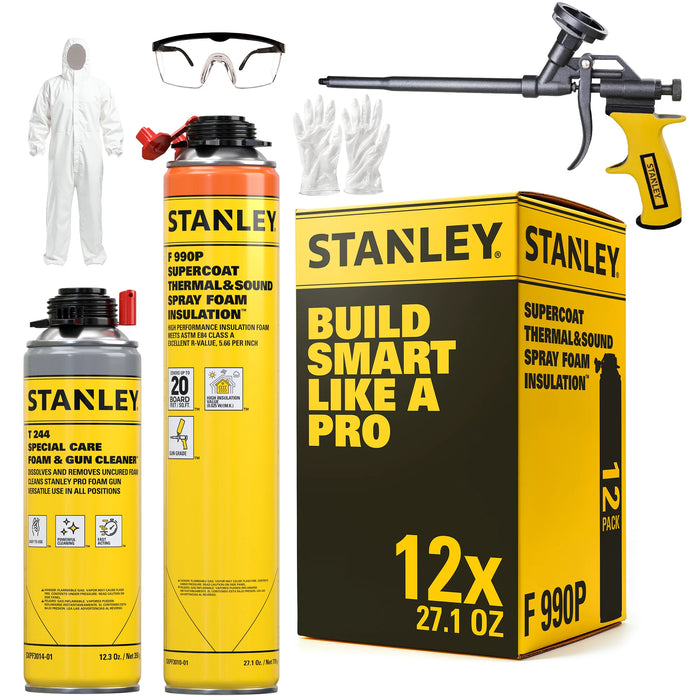

Stanley F990P SuperCoat Thermal & Sound Spray Foam Insulation Kit (Closed Cell), Class A Fire Rated, 27.1oz
Seal drafts, boost energy efficiency, and cut noise — all in one easy DIY kit
sq.ft.
at 1 in


Seal drafts, boost energy efficiency, and cut noise — all in one easy DIY kit
See how fast you can seal and insulate any surface.
Takes less than 1 minute to set up.
Professional-grade insulation that delivers real results. Energy savings, comfort, and peace of mind.
Save up to 40% on heating and cooling costs.
Our DIY-friendly kit means you can complete a room in hours.
Get pro-level performance. Backed by industry certifications and real results.
Stay warm in winter, cool in summer, comfortable all year.
SuperCoat can be applied to a wide range of surfaces, hard-to-insulate areas, and wherever your creativity calls for insulation.
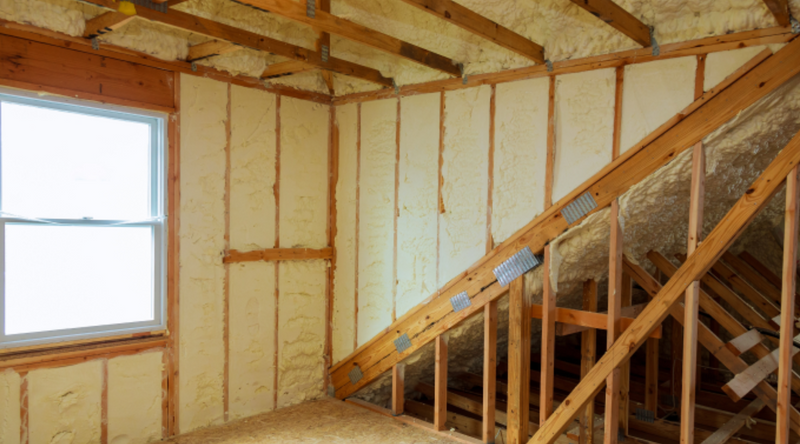
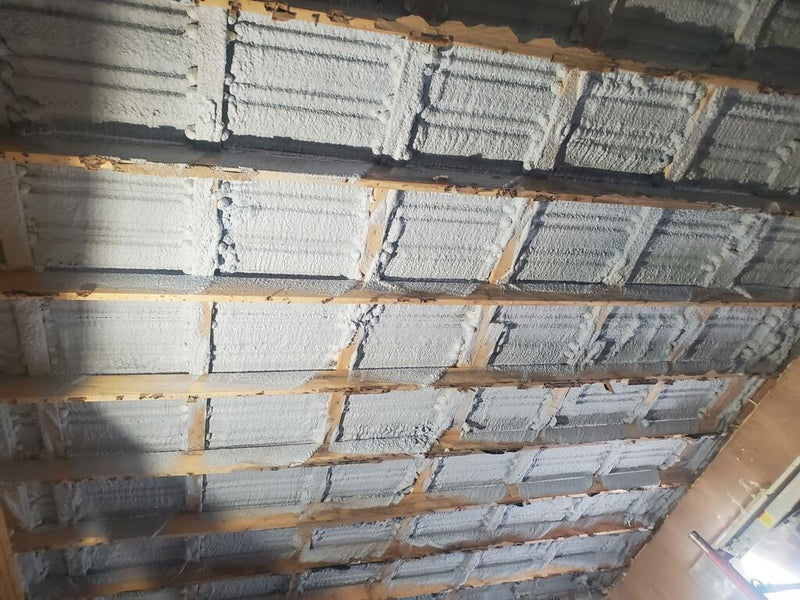
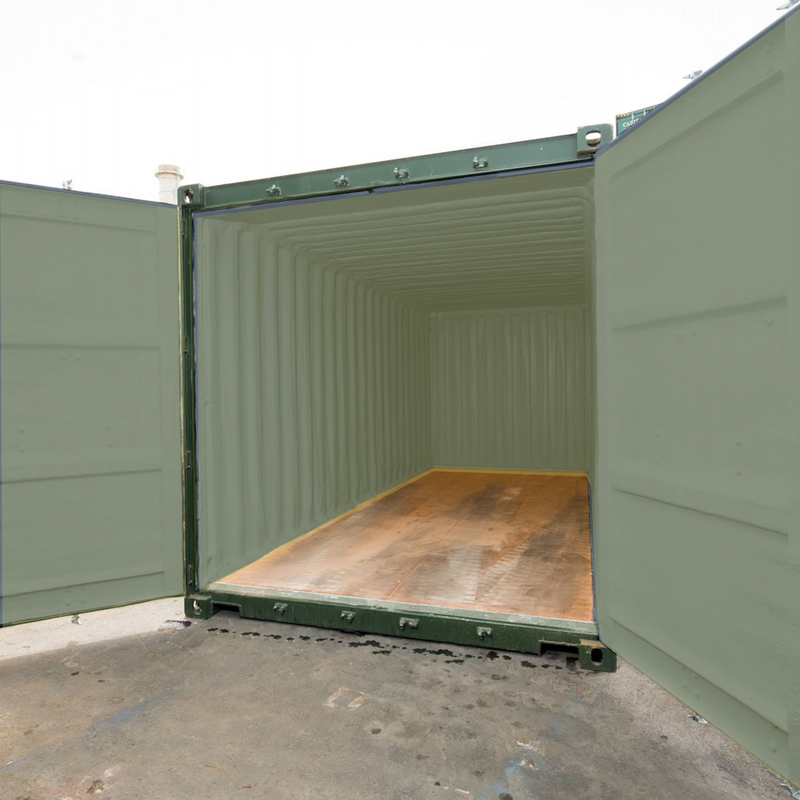
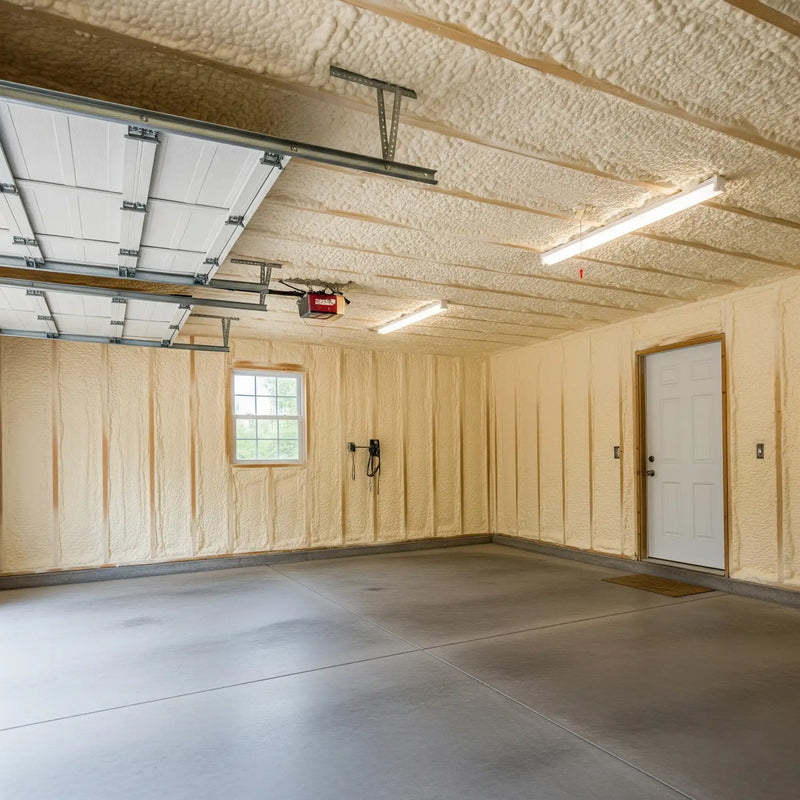
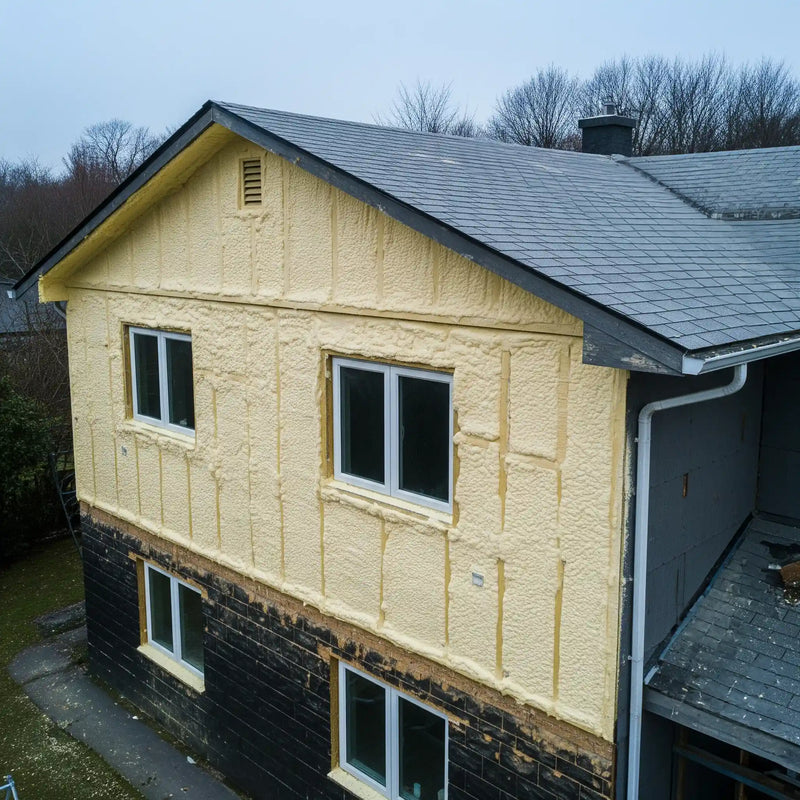
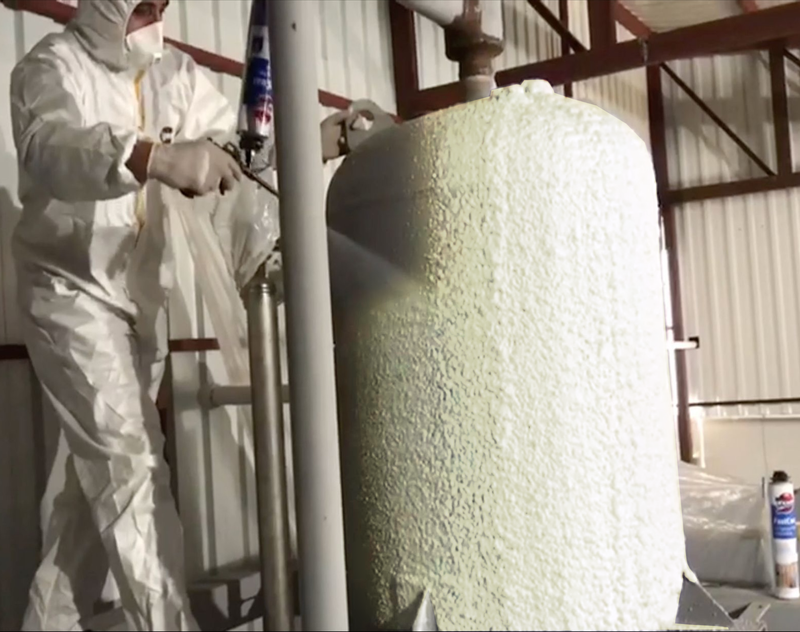
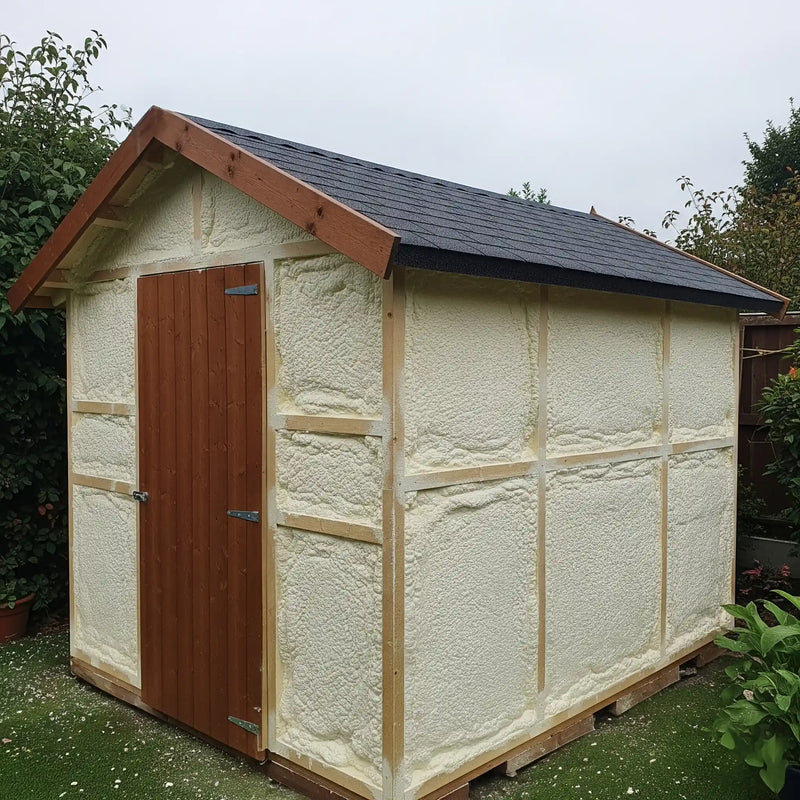
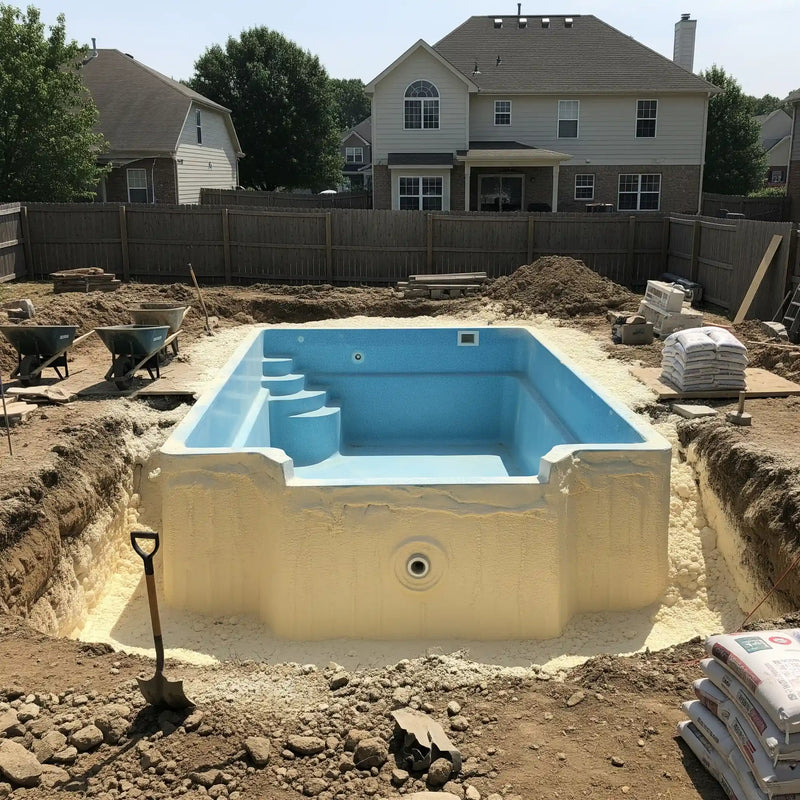
Professional-grade performance backed by industry certifications and real testing.
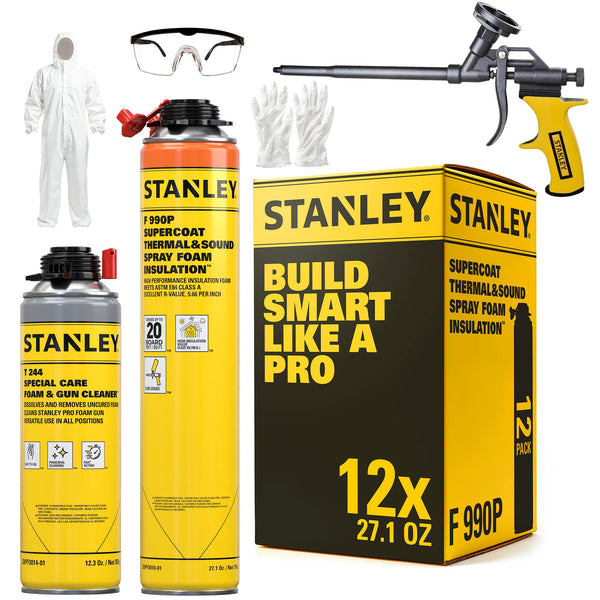
Every Supercoat kit is manufactured to the highest standards and tested for consistent performance.
Technical Data Sheet (TDS)
Safety Data Sheet (SDS)